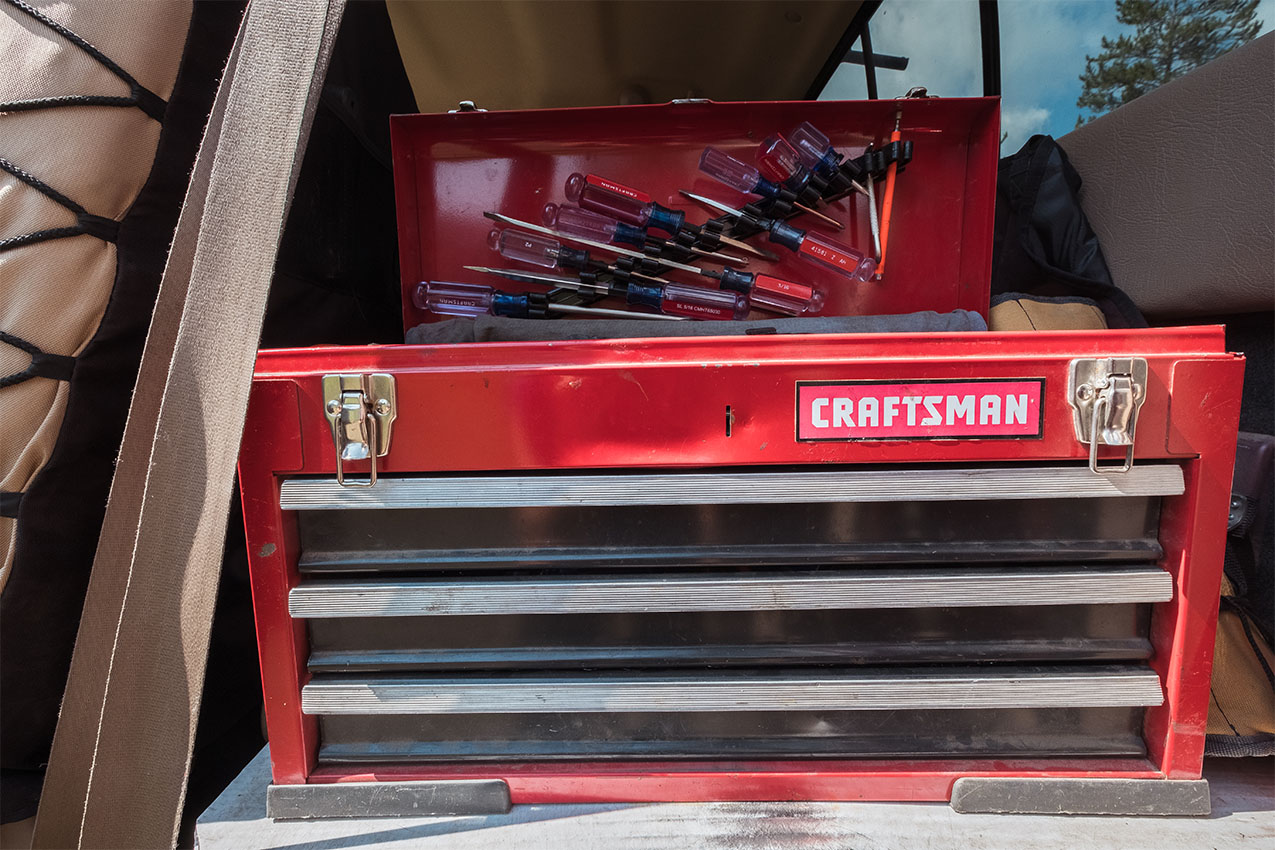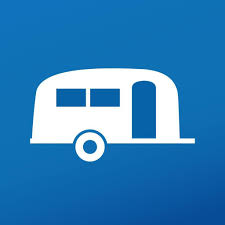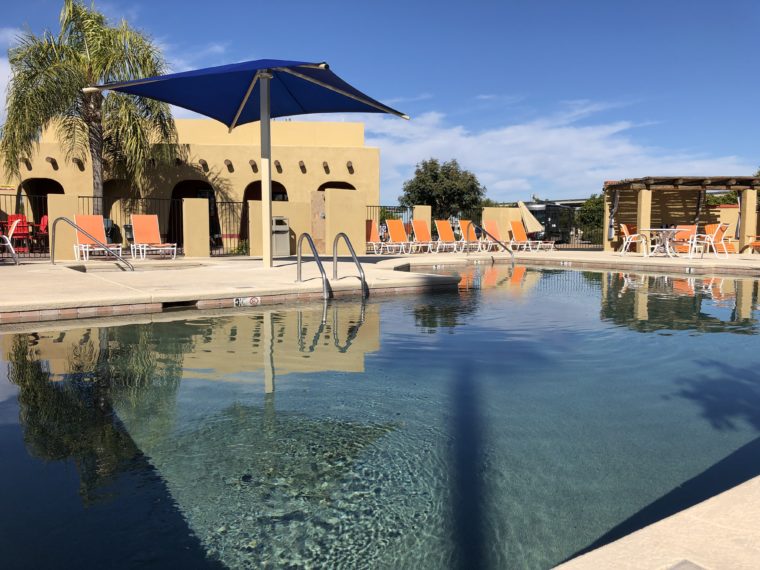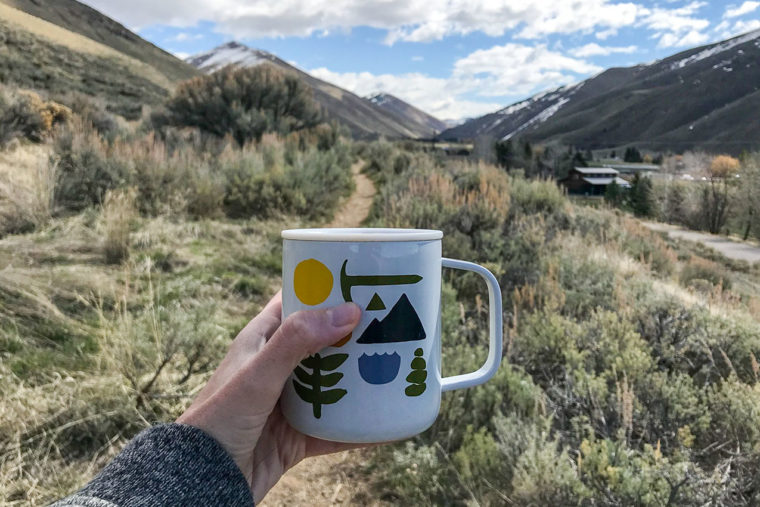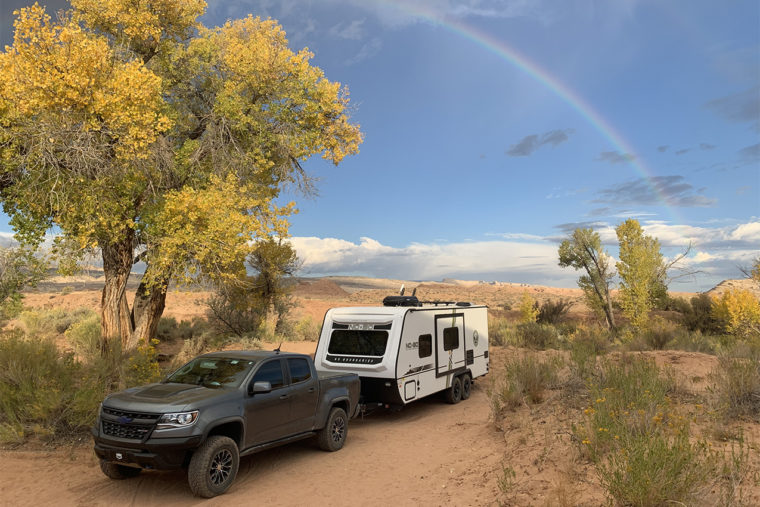Life on the road can be a very freeing, enjoyable experience. But as many full-time RVers can confirm, you need to be prepared for anything. Things can break, tear, and malfunction while you’re traveling, especially if you’re on the move for months at a time. This means your RV toolkit should include more than just a hammer and wrenches. Your toolbox is a first aid kit for your rig—and the key to a safe, successful road trip.
Having a quality RV toolbox that’s stocked with all of the specific items needed for repairs and maintenance should be one of the first things you think about when you’re getting ready to pack your RV for an excursion—whether you’re leaving for 2 days, or 2 months. Here’s what to include in yours.
RV Toolkit Essentials
Your RV toolkit needs to include a variety of items. Of course, you’ll want to stock the basics, similar to your home or auto toolbox. However, RVs have needs of their own, which may require tools you can’t easily find at gas stations, big box stores, or small-town hardware shops.
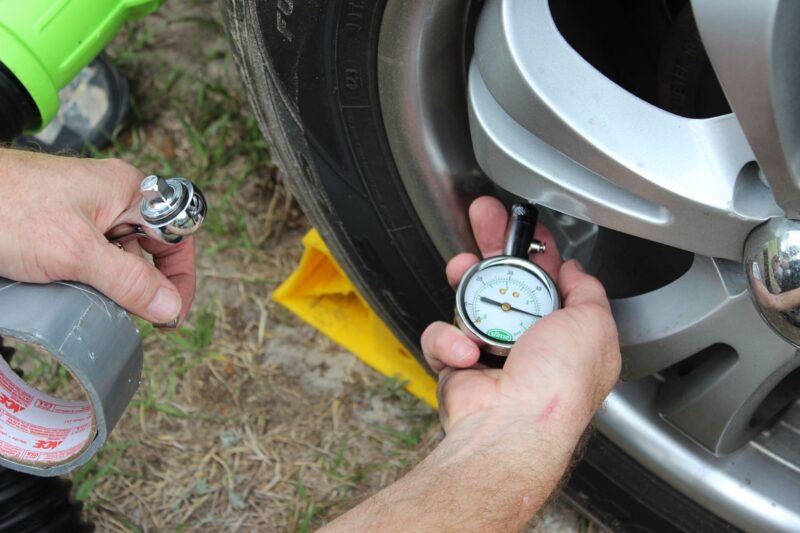
The Basics
It’s amazing how easily you can overlook essential toolbox items that are taken for granted at home. Make sure to remember basics like scissors, duct tape, light bulbs, batteries, glue, bungee cords, electrical wire, and extension cords.
You’ll also need to pack other basics you would find in any toolkit. These are items like wrenches, pliers, vice grips, a lightweight drill, a socket set, a hammer and nails, and a good utility knife. Don’t forget to take along a box of various fuses, as these may come in handy in both your auto and your RV.
Also, remember to bring your owner’s manuals or download the PDFs to your smartphone, not just for your RV, but for every tool, contraption, or machine you plan to bring along with you.
Auto and Home Repair Essentials
It’s important to view your RV as both a vehicle and a house when you’re planning what tools to bring along. If you keep it in your car, you’re probably going to want to keep it in your RV as well. This includes items like a flashlight, jumper cables, emergency lights, vehicle fluids, a tire pressure gauge, a portable air compressor, and a spare tire.
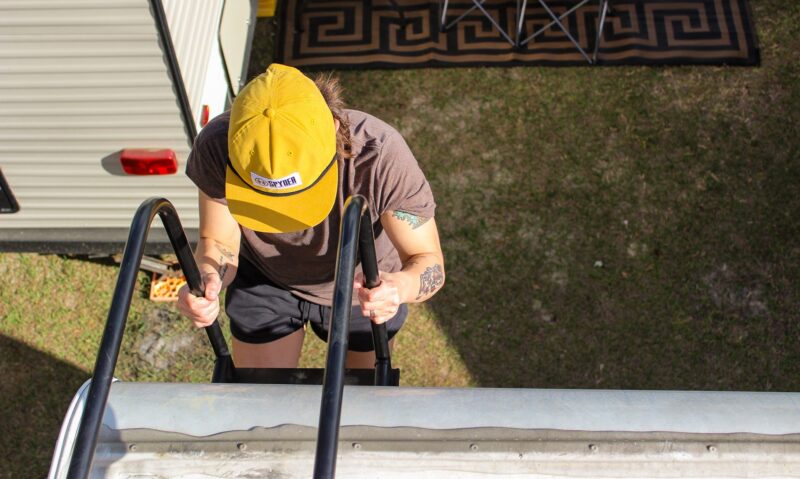
Meanwhile, you’re also maintaining a home away from home within your RV, and you should pack everything you’ll need to make this possible. Give special attention to your refrigerator, plumbing, fans and/or air conditioning, and anything electric in your RV. These things can put a damper on your trip if they break along the way and you’re unable to fix them.
RV-Specific Equipment
Your rig is a house, it’s a vehicle—and it’s also an RV, which requires its own set of unique tools. You’ll need some RV-specific essentials like a scissor jack, a fridge cooling fan repair kit, a digital voltmeter, a surge protector, an extra sewer hose and connectors, funnels, and a lithium battery jumper—in case you break down while boondocking.
One of the things that new RV owners tend to overlook is the frequency (and extreme inconvenience) of RV roof leaks. It’s a good idea to keep a roof patch or two in your toolbox as well as some liquid roof for emergency leaks. And, just in case, make sure you have a bucket (or two) in case you need to catch some rain while you repair.
Everything You Need to Know About Maintaining the Exterior of Your RV
Unfortunately, there’s no single “best toolkit for RVing” that you can purchase to check all of these things off your list at once. RVs need different tools depending on the type, make, and model. You’ll probably end up mixing and matching different tool sets to make a customized toolbox for your specific situation.
Tips for Packing Light
Lastly, remember that as essential as these tools are, the less space and weight they take up in your rig, the better. Check out these packing tips:
- Evenly space your heavy items throughout the RV to avoid weighing down one side of the rig.
- Use exterior space whenever possible.
- Separate tools into multiple toolboxes that keep things organized by purpose and help distribute weight.
- Look into purchasing a travel trailer toolkit for unique options that are built specifically to be compact and lightweight—but remember that this likely won’t contain every tool you’ll need.
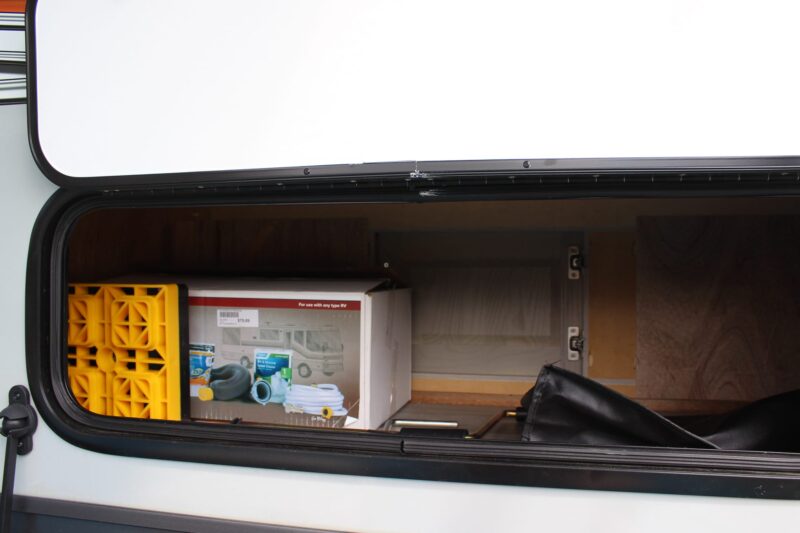
RV Toolkit Packing List
Emergency Roadside Assistance
- Jumper cables
- Oil and coolant
- Wheel chocks
- Tire pressure gauge
- Road hazard lights
- Spare tires
- Portable air compressor
Toolkit
- Wire stripper
- Nails, nuts, bolts, screws, and washers
- Ratchet and socket set
- Standard wrench
- Pliers
- Hammer
- Utility knife
- Cordless drill with assorted bits and nut drives
- Funnels
- Disposable gloves
- Vice grips
- Multi-bit screwdriver
- Allen wrenches
- Sealant or seal tape
- Zip ties
Additional Gear and Tools
- Flashlight
- Scissors
- Duct tape
- Light bulbs for interior and exterior lights
- Variety pack of batteries
- Glue
- Bungee cords
- Electrical wire
- Extension cords
- Fuse kit
- Buckets
RV-Specific Tools
- Roof patches
- Scissor jack
- Fridge cooling fan repair kit
- Digital voltmeter
- Surge protector
- Extra sewer hose and connectors
- Lithium battery jumper
Research more about your specific plumbing, electric, heating/cooling systems, and appliances to see if any particular tools are recommended for repairs and maintenance.
Other RV Toolkit Tips
When RVing and traveling full-time, having the right mindset for encountering repairs and pitfalls is necessary. Take some of the stress away from any situation by being prepared for the most common RV repairs. Having roadside assistance of some kind is also recommended for those times when you encounter mechanical issues you can’t fix yourself.
And remember, your toolkit is one area of RV packing where less isn’t necessarily more. The smarter you pack up your toolbox, the more independent and self-sufficient you can be once you hit the road. Don’t skimp on the essentials. Once you properly pack your RV, you’ll be ready to handle almost anything you encounter.
This article has links to products that were carefully selected by our editors. We may earn commission on your purchases from these links.
